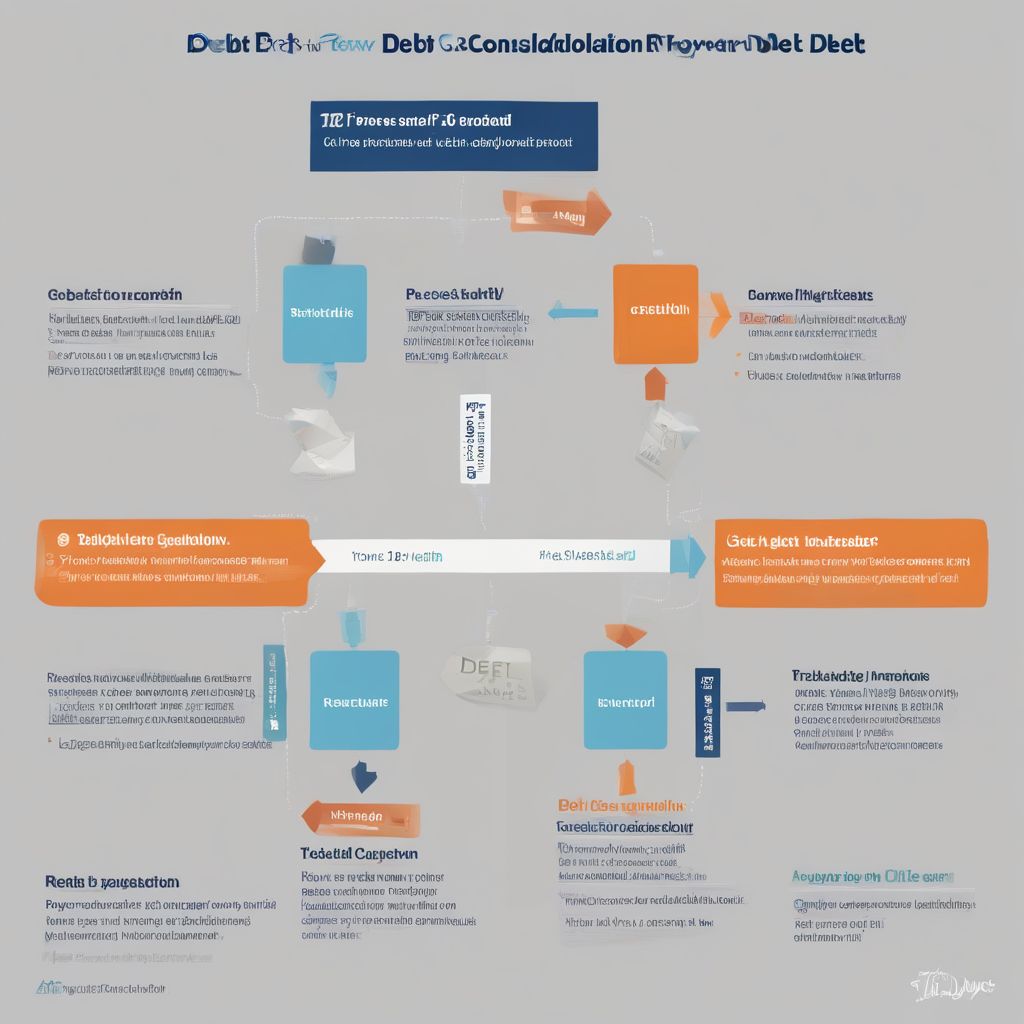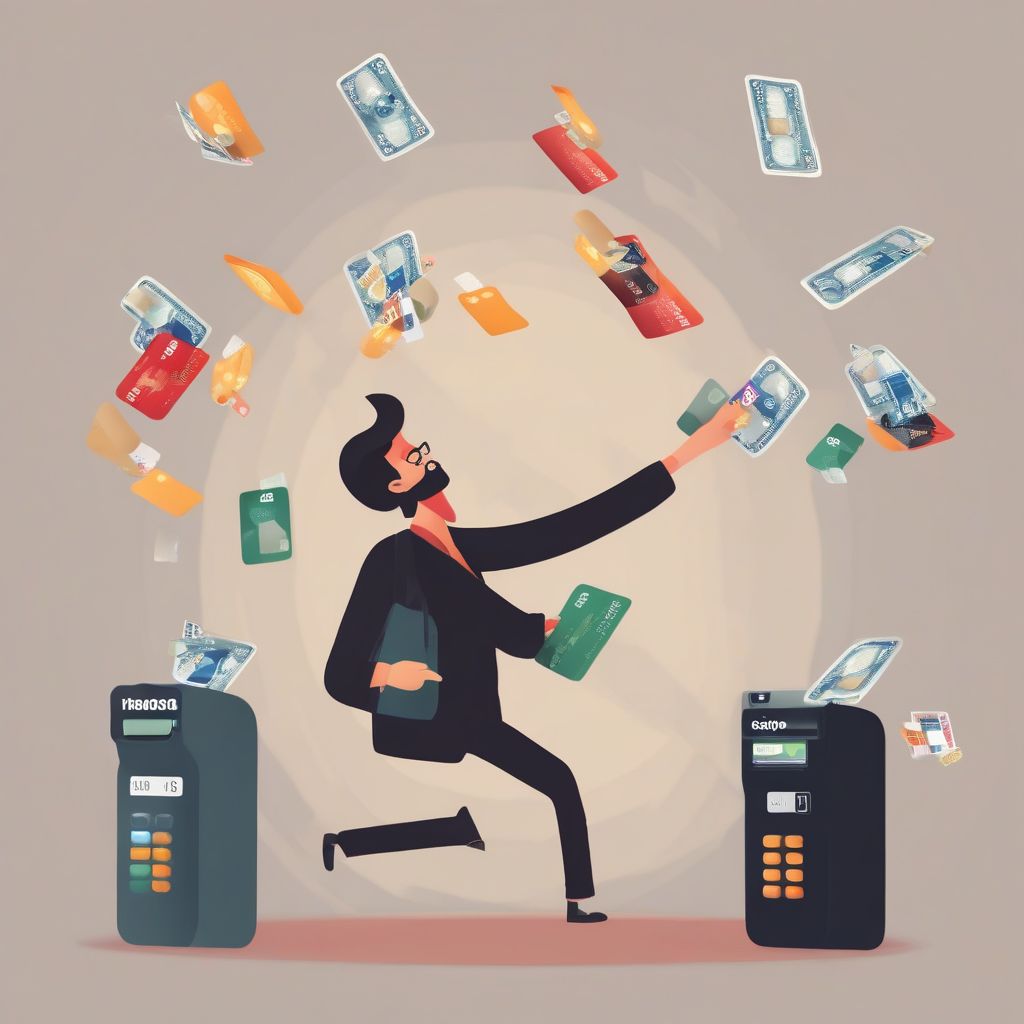Let’s face it: staring down a mountain of credit card debt, especially $30,000, can feel like you’re trapped in quicksand. The weight of high interest rates, monthly minimum payments, and the constant stress can be overwhelming. But take a deep breath – you’re not alone. Thousands face this challenge, and more importantly, there are proven ways to navigate out and reclaim your financial freedom.
Understanding the Severity of $30,000 in Credit Card Debt
Before diving into solutions, it’s crucial to understand what this debt truly means for your financial health.
The Implications:
- High Interest Payments: Credit card interest rates are notoriously high. A $30,000 balance, even at a seemingly manageable 15% APR, means you’re paying nearly $400 in interest alone every month.
- Damaged Credit Score: High credit card balances damage your credit score, making it harder to secure loans, rent apartments, or even get certain jobs.
- Financial Stress: Living with this debt can take a toll on your mental and emotional well-being, impacting relationships and overall quality of life.
Taking Control: Strategies to Tackle Your Debt
The good news is that with a strategic approach, you can conquer this debt and emerge financially stronger. Here are some proven methods:
1. The Debt Snowball Method
This popular method focuses on building momentum by tackling the smallest debts first, regardless of interest rates.
How it Works:
- List your debts from smallest to largest.
- Make minimum payments on all debts except the smallest one.
- Throw every extra dollar you have towards that smallest debt until it’s gone.
- Once cleared, roll that payment amount onto the next smallest debt, creating a “snowball” effect.
Why It Works: The psychological boost from eliminating debts quickly provides motivation to stay the course.
2. The Debt Avalanche Method
This method prioritizes saving money on interest by attacking the highest interest rate debt first.
How it Works:
- List your debts from highest interest rate to lowest.
- Make minimum payments on all debts except the one with the highest interest rate.
- Focus all extra funds on the highest interest debt until it’s eliminated.
- Once cleared, move to the next highest interest debt.
Why It Works: You save more money on interest payments over the long term.
3. Debt Consolidation Loans
This option combines multiple debts into one new loan, often with a lower interest rate.
How it Works:
- Secure a personal loan from a bank or credit union for the total amount of your credit card debt.
- Use the loan to pay off all your credit cards.
- Make fixed monthly payments on the consolidation loan.
Benefits: Simplifies payments and potentially lowers your interest rate, saving you money.
4. Balance Transfer Credit Cards
These cards offer a 0% introductory APR for a promotional period, typically 12-24 months.
How it Works:
- Transfer your existing balances to the new card with the 0% APR offer.
- Make aggressive payments during the introductory period to pay down as much debt as possible before the regular APR kicks in.
Benefits: Provides breathing room to aggressively pay down debt without accruing additional interest during the promotional period.
Seeking Professional Help
Navigating debt relief can feel daunting. Remember, you don’t have to do this alone. Consider these resources:
- Credit Counseling Agencies: Non-profit organizations offering guidance and debt management plans.
- Financial Advisors: Certified professionals who can provide personalized advice and debt management strategies.
The Road to Recovery: Beyond Debt Elimination
Paying off $30,000 in credit card debt is a significant achievement. But your journey doesn’t end there. To maintain financial stability:
- Create a Budget: Track your income and expenses to regain control of your finances.
- Build an Emergency Fund: Having 3-6 months’ worth of living expenses saved can prevent future debt.
- Practice Responsible Credit Card Use: Use credit cards strategically and pay off the balance in full each month.
Remember, financial freedom is achievable. With a solid plan and unwavering determination, you can conquer this challenge and build a brighter financial future.

